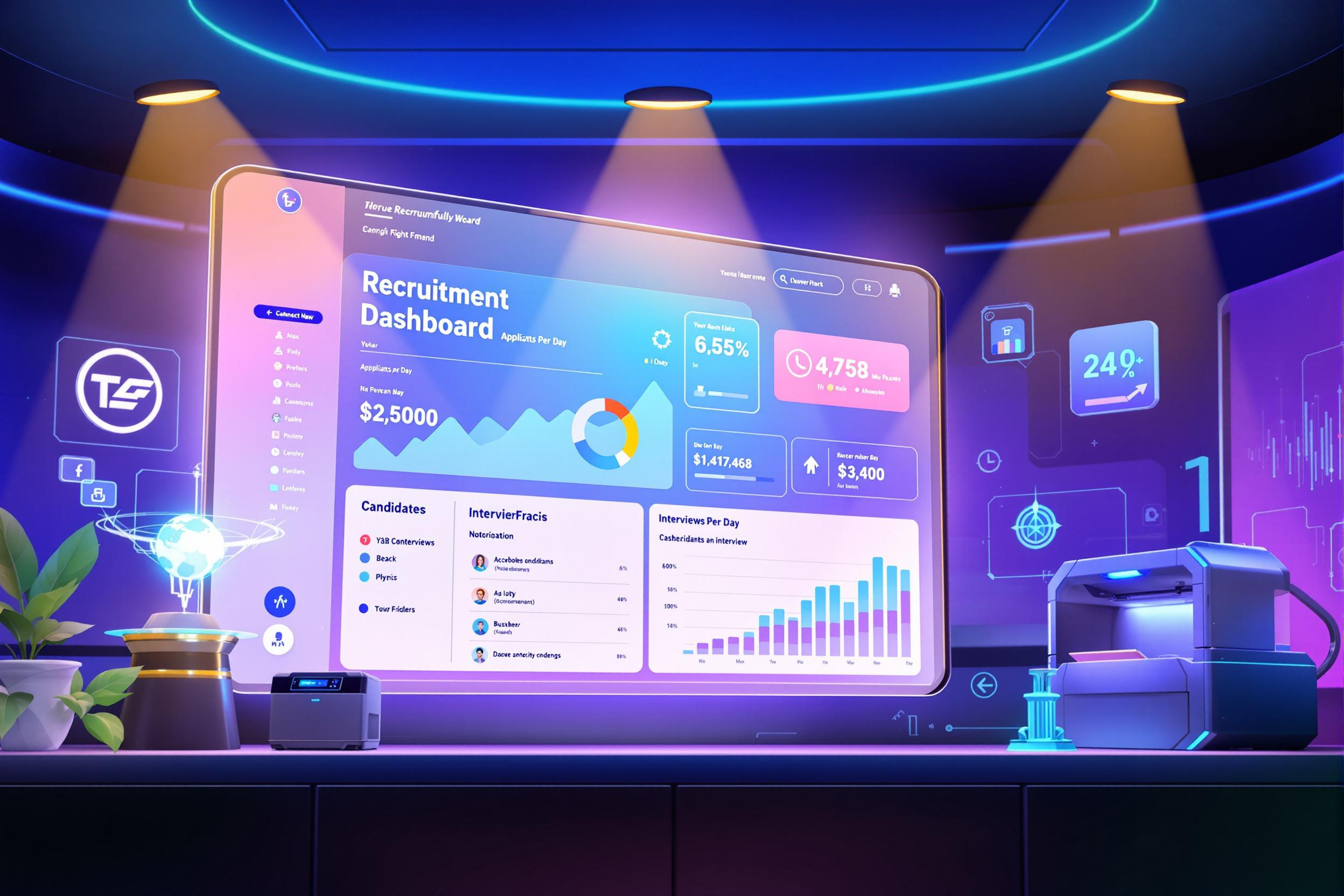
Vector Art
Vector art is a type of digital illustration where images are created using mathematical formulas rather than pixels. This means the artwork can be resized to any size without losing quality - making it perfect for book covers, logos, and illustrations that need to look crisp at different sizes. It's different from regular digital drawings (like those made in Photoshop) because it uses shapes, lines, and curves that can be edited at any time. Programs like Adobe Illustrator or Inkscape are typically used to create vector art. When you see clean, sharp illustrations in children's books or corporate logos that look perfect at any size, they're usually made with vector art techniques.
Examples in Resumes
Created Vector Art illustrations for a series of children's educational books
Developed scalable Vector Art designs for company branding materials
Produced Vector Artwork and Vector Graphics for publishing projects
Designed Vector-Based illustrations for digital and print media
Typical job title: "Vector Artists"
Also try searching for:
Where to Find Vector Artists
Professional Networks
Online Communities
Job Boards
Example Interview Questions
Senior Level Questions
Q: How do you approach creating a cohesive illustration style for an entire book series?
Expected Answer: A senior vector artist should discuss their process for maintaining consistency across multiple illustrations, creating style guides, and managing efficient workflows while maintaining quality standards. They should mention experience in directing other artists and establishing brand guidelines.
Q: Can you describe a challenging vector project and how you solved any problems that arose?
Expected Answer: Look for answers that demonstrate project management skills, problem-solving abilities, and experience handling client feedback while maintaining deadlines. They should explain how they balance creative vision with practical constraints.
Mid Level Questions
Q: How do you prepare vector illustrations for both print and digital use?
Expected Answer: They should explain how they handle color spaces (CMYK vs RGB), file formats, and resolution requirements for different media. Should demonstrate understanding of print production and digital display requirements.
Q: What's your process for adapting your vector style to match a client's existing brand?
Expected Answer: Should discuss analyzing brand guidelines, matching existing styles, and maintaining consistency while bringing fresh ideas. Should mention experience working with style guides and brand standards.
Junior Level Questions
Q: What basic tools and techniques do you use most often in vector illustration?
Expected Answer: Should be able to describe basic vector tools like the pen tool, shapes, and pathfinder operations. Should demonstrate understanding of layers and basic color theory.
Q: How do you organize your vector files for easy editing later?
Expected Answer: Should explain basic file organization, layer naming, and creating backup copies. Should show understanding of maintaining editable files versus final exports.
Experience Level Indicators
Junior (0-2 years)
- Basic vector drawing tools and techniques
- Simple character and object illustration
- Understanding of color theory
- Basic file organization and export formats
Mid (2-5 years)
- Complex illustration techniques
- Consistent style maintenance
- Print and digital preparation
- Client communication and feedback implementation
Senior (5+ years)
- Advanced illustration techniques
- Project and team leadership
- Style guide creation
- Multi-format production expertise
Red Flags to Watch For
- No portfolio of vector work
- Unable to explain difference between vector and raster graphics
- No experience with industry-standard software
- Poor understanding of file formats and delivery requirements
- Lack of knowledge about print production basics




